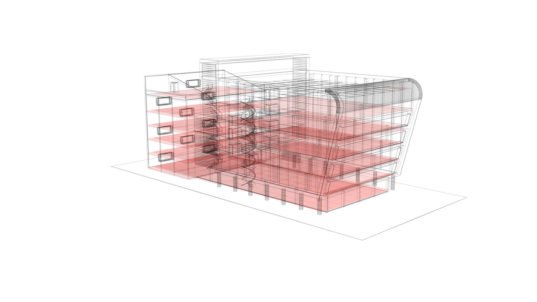
The first 3D-printed concrete house in the world is to be built in Eindhoven, Netherlands this year. It will be a single-storey house and it's expected to be ready for occupation in the first half of 2019.

More than 30 percent of the global greenhouse gas emissions emitted by cities are generated by buildings alone, according to National Geographic.

UK Researchers have created graphene-infused concrete that is twice as strong but has far lower carbon emissions than ordinary concrete.

The Canada Green Building Council (CaGBC) has announced the first building certified under their new Zero Carbon standard, an office building in Waterloo, Ontario.

ICON and New Story are working together on affordable 3D-printed housing for developing countries, and can print a home for $4,000 in a day.

The overall goal of the high-rise, dubbed W350, is to help realize an environmentally conscious city of wooden buildings that would transform Tokyo into a “forest.”

A look at the phenomenon of 3D printing worldwide, including a delicate resin pavilion in China, classical-design-inspired concrete beams in Italy and buildings that “think” in Germany.
The Spheres is a new and very unique work space for Amazon workers in Seattle, US. The three glass domes are an indoor garden that house 400 species of plants from around the world.

Few universities have gone as far as the University of New South Wales in Australia, which just inked an ambitious deal to get 100% of its energy from solar power.

Researchers at Los Alamos National Laboraotry are creating double-pane solar windows that generate electricity with greater efficiency and also create shading and insulation.

The trend for “green” eco-fantasy buildings is sweeping the world of architecture, with designers now integrating gardens, terraces and vertical planting in their buildings.

This Amsterdam office block is packed with 30,000 sensors to control everything from lighting to where it would be best for people to work.

In a report entitled The Urban Bio-Loop a company proposes to transform food waste into low-cost and eco-friendly materials.

The concept utilizes a building’s thermal mass to drastically reduce energy use by around 85 percent.

The fact is, making the biggest possible dent in greenhouse gas emissions requires focusing on buildings.